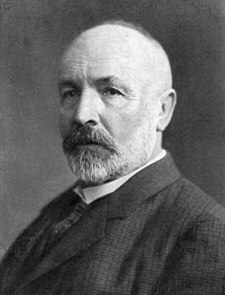Being new to this age group (and never having attended a public high school myself), the trick for me is to anticipate the students' every move: to come up with activities and lessons that are challenging enough to keep 36 students at 36 different levels engaged for an hour, but that are not too difficult so students just give up (or call your name so many times that by the end you're dizzier than a Turkish whirling dervish).
Some days these lessons flow out a lot faster than other days.
This was not a lesson that came quickly. My insomnia from grad school is back and running, so this is a lesson that got started around 5 in the morning on a Saturday (I repeat, 5 in the morning, on a Saturday), and got finished sometime in the late morning. For all that work, it has a lot of flaws. But it has some good aspects, too.
So, here's Day 1 of Parent Functions, Domain/Range, and Transformations
Day 1: Introduce Parent Functions
I really believe one of the most important skills I can teach my students is to read, comprehend, and subsequently follow directions. There are so many cool things I've learned in my life, and so many more cool things I hope to learn. But I couldn't have learned most of those cool things if I hadn't taken the time to read, comprehend, and apply my knowledge. With that in mind, we had a big-time literacy day in Algebra II.
Students were given these xy tables, graph paper, and the directions below. Not a whole lot else. At first, they were livid.
"I don't get it!"
"Read the directions."
"What do you want us to do?!"
"Read the directions."
"You haven't taught us this!"
"Read the directions."
"UGH!"
"Read the directions."
It was an exhausting day, I'm not going to lie. But they eventually caught on, and I learned that some of them are great at reading, comprehending, and applying, and some are not. Here are the directions. Many thanks to @Fouss for the subtitle. ;)
Parent Function Directions
Not everyone got to Part II, which was actually nice as it allowed for differentiated instruction. I posted the best graphs from Part II in the front of the classroom so that students have these four parent graphs in front of them at all times for now.
What I liked
- Students READ.
- Students did the work.
- Students focused on a small amount of information: four rather important graphs.
What I didn't like/Questions I still have
- Do they really understand that the graph of an equation is the representation of every single solution of that equation? I feel like I say that a lot, but that doesn't mean anyone actually understands what I'm saying.
- It's not super exciting. I know these graphs have a lot more interesting aspects to them then just "Draw an xy-chart and plot the points," and I feel like maybe I stripped them of a lot of their intrigue.
- I let the students pick their own groups. I still don't know if that was good or not. The complainers tend to be friends with each other.
- I only printed one set of directions for each group because I'm more than a little frugal with my copies. Also, I wanted them to work together. However, I think the students would have benefited from everyone having his/her own set of directions.
I will post more on the unit soon! Hopefully!












